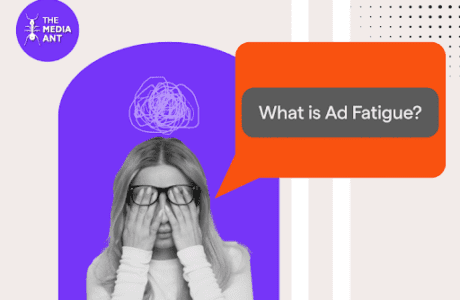Bengaluru joins cities like Delhi, Hyderabad, and Kochi in metro advertising.
For the first time since its inception in 2011, Bengaluru’s Namma Metro will display advertisements on its train coaches, marking a significant shift in its revenue generation strategy. The Bangalore Metro Rail Corporation Limited (BMRCL) has issued its inaugural tender for this initiative, aimed at boosting non-fare revenue. This move aligns Bengaluru with other metro systems across India, such as Delhi, Hyderabad, and Kochi, where train advertisements have been in place for years.
BMRCL officials confirmed that trains on the Green and Purple lines will soon be wrapped in advertisements, with assurances that the view from the windows will remain unobstructed. “The advertisements will be applied in a manner that preserves the aesthetic appeal of the trains. This is the first time we are venturing into such a project. Until now, we were the only metro system in India without ads on our trains,” said a BMRCL spokesperson.
Enhancing Non-Fare Revenue
The primary goal of introducing metro train advertisements is to boost non-fare revenue, an increasingly important source of income for metro systems across the country. Cities like Delhi began wrapping metro trains with ads as early as 2014, generating substantial revenue.
While BMRCL previously wrapped one train with imagery in March 2022 to commemorate India’s freedom struggle as part of the Azadi Ka Amrit Mahotsav programme, this marked a special non-commercial event. That project cost approximately ₹8.5 lakh and took 10 days to complete.
Challenges and Current Revenue Streams
Although BMRCL has previously allowed advertising inside stations and on trains, a 2018 High Court ruling that led to the Bruhat Bengaluru Mahanagara Palike (BBMP) banning outdoor advertisements resulted in significant revenue loss. Before the ban, BMRCL earned approximately ₹10 crore annually from advertisements displayed on metro pillars and medians beneath viaducts.
In recent years, BMRCL has sought alternative sources of non-fare revenue. These efforts include leasing space for retail outlets, ATMs, and EV charging stations, allowing film shoots on metro premises, and leasing land for infrastructure projects. Notably, in 2017, BMRCL leased 13 acres of land near Nagasandra metro station to IKEA India Pvt. Ltd. under a 60-year agreement, generating ₹251 crore.
Public Reaction and Aesthetic Concerns
The decision to wrap metro coaches in advertisements has sparked mixed reactions from commuters. Some, like Maya Chandrasekhar, are concerned about how the trains will look. “I understand that BMRCL needs to raise funds, but I hope these advertisements don’t make the trains look garish,” she said.
Others, like Nithin Kumar, worry about the overabundance of advertisements in public spaces. “We’re already bombarded with ads everywhere — on buses, hoardings, and even on our phones. They shouldn’t turn the trains into moving billboards.”
However, some commuters, such as Mahesh Prabhu, are supportive of the initiative, provided it’s done tastefully. “As long as the ads don’t block our view through the windows, and the revenue helps keep fares low and improve services, I’m all for it.”
Looking Ahead
As Namma Metro prepares to join the ranks of metros using train advertisements, BMRCL is focused on striking a balance between aesthetics and revenue generation. With 57 six-coach train sets in operation across the Green and Purple lines, this new venture could mark the beginning of more creative strategies to enhance the city’s metro system and its financial sustainability.





